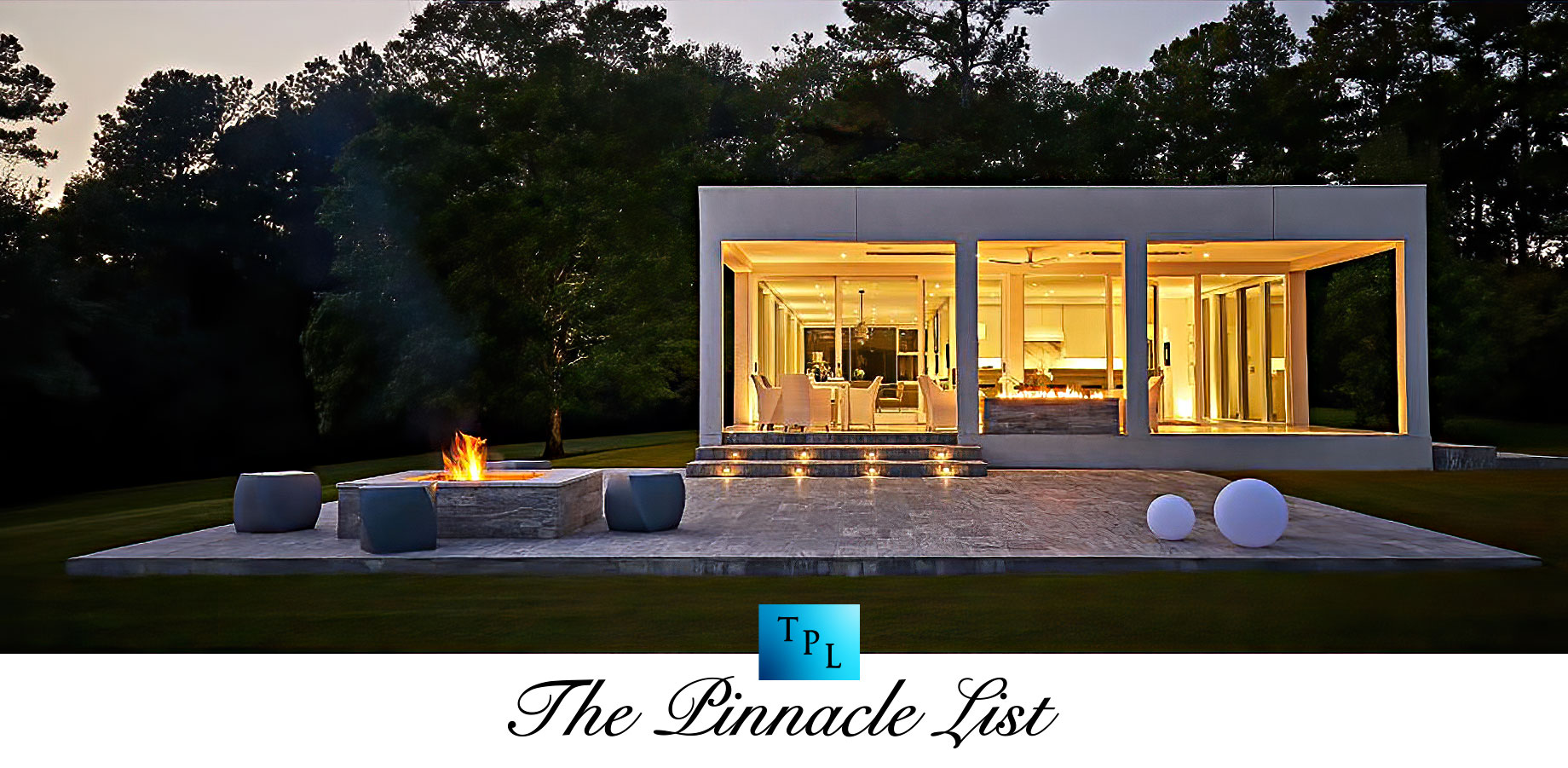
As the world continues to grapple with the impacts of climate change and intense urbanization, sustainable design architecture is increasingly becoming a priority for architects and builders to strike a balance in the ecosystem. Along with the other sectors of the economy, the construction industry is doing its part to revive Earth through sustainable design architecture.
Sustainable design architecture is a style of building that takes into account environmental factors such as energy efficiency, water conservation, resource management, and waste reduction. It also strives to reduce the use of non-renewable resources in construction projects while promoting renewable energies. This type of architecture has been gaining popularity in recent years due to its ability to create eco-friendly buildings that are both aesthetically pleasing and beneficial for our environment.
Here we have come up with a blog that encapsulates detailed knowledge of sustainable design architecture and the benefits of its implementation.
What is Sustainable Design Architecture?
Sustainable design architecture is an approach to designing buildings that take into consideration how they will interact with their environment over time. Architects who specialize in this field strive to create structures that are energy efficient, use minimal natural resources, and have a minimal negative impact on the environment. This type of architecture often utilizes passive solar techniques such as windows or skylights, which allow maximum natural light and ventilation while reducing energy costs associated with heating or cooling systems. Additionally, sustainable designs often focus on using locally sourced materials whenever possible in order to reduce transportation emissions associated with shipping materials from faraway locations. Finally, through careful planning and execution, sustainable designs can be created which do not require large amounts of maintenance or regular replacement parts over time, further reducing their environmental footprint.
Benefits Of Sustainable Design Architecture
The benefits associated with sustainable architecture (Denver) extend far beyond just reducing our carbon footprint. It provides many other tangible benefits, including cost savings over traditional building methods, such as reduced energy bills due to improved insulation systems, less reliance on artificial lighting, decreased water usage, and improved air quality. Through sustainable architecture, one can increase property values and get a better resale value of their property.
Sustainable architecture (Denver) includes improved safety standards due to better-designed structural elements. Due to the usage of long-lasting construction materials, sustainable architecture results in fewer repairs and replacements over time. With more efficient use of land resulting from smart urban planning initiatives such as green roofs or pocket parks, sustainable design architecture is synonymous with building a greener future for everyone. In addition, these types of projects can create jobs within local communities by utilizing local labor, suppliers, contractors, etc. Furthermore, they can also help promote tourism by providing attractive destinations for visitors.
Challenges Of Sustainable Design Architecture
Despite all the advantages mentioned above, there are still many challenges associated with creating truly sustainable buildings. Firstly, many people may not be familiar enough with this kind of architecture, so educating them about its potential benefits may prove difficult. Here this blog can be of excellent help.
Additionally, there can often be financial constraints when attempting to build sustainably, as some green technologies may not fit within certain budgets. Finally, some governments may lack sufficient incentives or regulations regarding green building practices, thus making it harder for architects and builders alike to pursue these initiatives without additional support from outside entities.
Despite sustainable architecture (Denver) facing many implementation challenges, it is the work of the government along with the local communities to bring this construction process into action. Sustainable architecture not only saves money but is a great way to build a greener tomorrow for all.
Conclusion
As the world continues its march towards a greener future and combat climate change effectively, sustainable design architecture is a great way to achieve it.
With proper planning, implementation, and education, we can begin transitioning towards a more sustainable future where everyone benefits – both economically and environmentally. Sustainable design architecture needs widespread application for a better tomorrow. With this shift, we can ensure that our future generations inherit a world where nature remains intact while still allowing us access to modern amenities through innovative yet responsible architectural solutions.